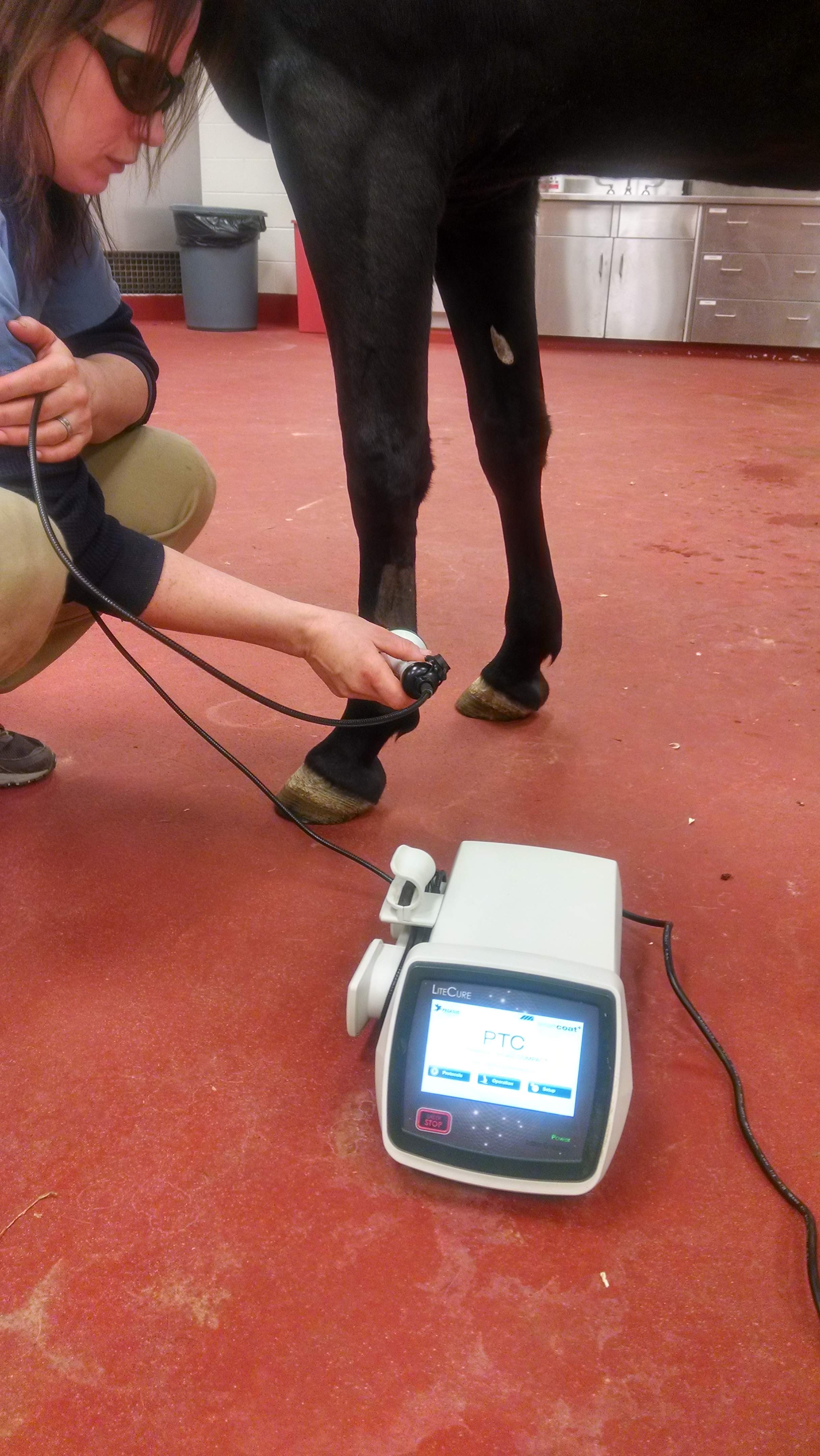Equine Therapy for Children: Psychological and Behavior Support Clarified
Equine Therapy for Children: Psychological and Behavior Support Clarified
Blog Article
Evaluating the Effectiveness of Laser Therapy in Equine Therapy for Injury Rehabilitation
The evaluation of laser treatment's effectiveness in equine injury rehabilitation hinges on numerous aspects, including recuperation time, pain reduction, and cells regeneration. Vets regularly observe remarkable end results with laser therapy compared to traditional techniques, placing it as an important component in equine care.
Understanding Laser Treatment
Laser therapy has actually come to be a crucial tool in veterinary medicine, especially in the treatment of equine problems. Understood for its non-invasive nature and efficacy, laser therapy includes the application of particular wavelengths of light to promote cells repair service and minimize inflammation. This healing modality is significantly preferred for its capability to accelerate the recovery procedure in equines experiencing a variety of bone and joint injuries and chronic conditions.
The primary device behind laser therapy is its capability to enhance cellular features. When laser light passes through the skin, it is absorbed by mitochondria, the powerhouse of cells, which causes enhanced manufacturing of adenosine triphosphate (ATP) This biochemical energy increase helps with mobile repair and regeneration. Additionally, laser therapy promotes vasodilation, boosting blood circulation and oxygen delivery to broken tissues, hence speeding up recovery.
In equine medication, laser treatment is especially beneficial for problems such as tendonitis, osteoarthritis, and wound recovery. The strategy is lauded for its pain-relieving properties, allowing equines to reclaim flexibility and feature extra rapidly. Vets likewise appreciate its marginal adverse effects contrasted to various other treatment modalities, making it a dependable and risk-free choice for equine care.

Just How Laser Therapy Works

Upon absorption, these photons set off a collection of biochemical changes, improving mitochondrial feature and resulting in raised adenosine triphosphate (ATP) manufacturing. This surge in ATP increases mobile metabolic rate, advertising tissue fixing and regrowth. Furthermore, laser therapy regulates inflammatory responses by impacting cytokine degrees and reducing oxidative stress, thereby easing discomfort and swelling.
Another significant aspect of laser treatment is its role in enhancing microcirculation. The treatment promotes vasodilation, enhancing blood circulation and oxygen delivery to damaged tissues (Equine Therapy). This helps with the removal of cellular particles and supports the go right here expansion of fibroblasts and collagen synthesis, essential for injury healing
Scientific Proof
The efficiency of laser treatment in equine treatment has actually been validated via various clinical research studies, showcasing its healing prospective throughout a variety of conditions. A study performed by Turner et al. (2012) demonstrated that horses treated with low-level laser therapy (LLLT) for tendon injuries exhibited sped up recovery contrasted to those obtaining conventional treatments.
In a similar way, research study by Johnson and colleagues (2015) concentrated on equine muscle injuries, disclosing that laser treatment significantly accelerated muscular tissue fiber regeneration and lowered muscle stiffness. Medical assessments have actually revealed that laser therapy can alleviate chronic problems such as osteo arthritis.
Vet Insights

Vets additionally value the flexibility of laser therapy. She aims out that laser therapy can be customized to the details needs of each horse, guaranteeing optimum results.
Furthermore, veterinarians value the ability to integrate laser therapy with other treatment modalities. This multimodal technique can enhance overall therapy efficacy, providing a comprehensive remedy for equine rehab. Such endorsements from skilled experts underscore the expanding approval and application of laser therapy in equine medication.
Practical Considerations
A key aspect of executing laser treatment in equine treatment involves understanding the sensible considerations that ensure its efficacy and security. Most importantly, it is vital to choose the ideal laser device, as numerous types differ in wavelength, power, and penetration deepness. Equine Therapy. Vets need to be well-versed in these parameters to customize treatment methods successfully per injury type
Moreover, the frequency and duration of laser therapy sessions need careful planning to take full advantage of therapeutic benefits while reducing any type of prospective damaging impacts. Consistent surveillance of the equine's response to treatment can guide required adjustments in the therapy routine. Developing a safe and regulated environment throughout treatments is additionally necessary to protect against unexpected direct exposure to laser emissions, which could hurt both the steed and the trainer.
Educating and accreditation of personnel administering laser therapy are critical to make sure appropriate method and to maintain safety and security criteria. Additionally, keeping exact records of each session, including laser setups and observed outcomes, is essential for reviewing the overall performance of the treatment and for making data-driven decisions.
Final Thought
Laser therapy has actually emerged as a reliable modality in equine injury rehab, using significant advantages in go right here recovery time, pain alleviation, and cells recovery. For optimum outcomes, constant monitoring and customized treatment methods stay vital in leveraging the full capacity of laser treatment in equine care.
Report this page